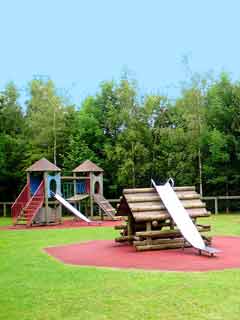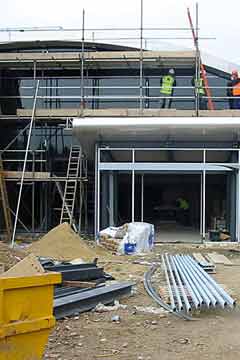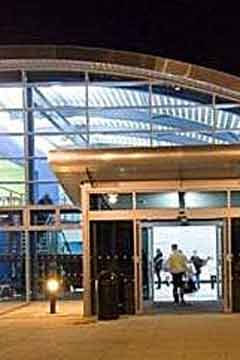
Important Notice for Existing and Potential Clients: As from 4th March 2013, Phil Lomax, Director and Principal Consultant of Green Dimensions is moving to take up a position as Principal Ecologist at Thomson Ecology. |
 |
 |
 |
 |
|
Answers to Our Quick Quiz Questions! 1) How much open space and recreation facilities do you need to provide? You need to provide sufficient open space and recreational facilities, to meet local needs. PPG 17 ‘Planning for open space, sport and recreation’, ODPM, July 2002 states that: In undertaking such an assessment, local authorities are reminded of the need to audit the quantity, quality and current usage of existing facilities so as to “......allow local authorities to identify potential for increased use through better design, management and maintenance” before deciding on the need for new facilities. PPG 17 also sets out guidance on the standards of provision: “The Government believes that .......standards are best set locally. National standards cannot cater for local circumstances, such as differing demographic profiles and the extent of existing built development in the area.” PPG 17 goes on to conclude that: “Setting robust local standards based on assessments of need and audits of existing facilities will form the basis for redressing quantitative and qualitative deficiencies through the planning process. Standards should be included in development plans”. Further more detailed guidance is set out in ‘Assessing Needs and Opportunities: A companion guide to PPG 17’, Kit Campbell Associates, September 2001.
The main reasons why people visit parks and open spaces according to the results of the report ‘Use of Public Parks in England", English Heritage, 2003, are: • Going for a walk was the most popular reason given for visiting parks (75%).
The most popular leisure activity in England is walking. According to the results of the ‘England Leisure Visits 2005’, Natural England, 2006, 18% of all leisure visits was for the purpose of going for a walk or rambling. Taking part in sport or active pursuits made up 8% of all leisure visits, visiting a park or garden 3%, informal games or relaxing 3%, and cycling or mountain biking, 2%.
|
 |
 |
| |
 |

Web Site Development and Wildlife Photography by Andrew Walmsley |
Copyright © 2008 Phil Lomax and Andrew Walmsley All rights reserved Copyright notice Terms and conditions |
